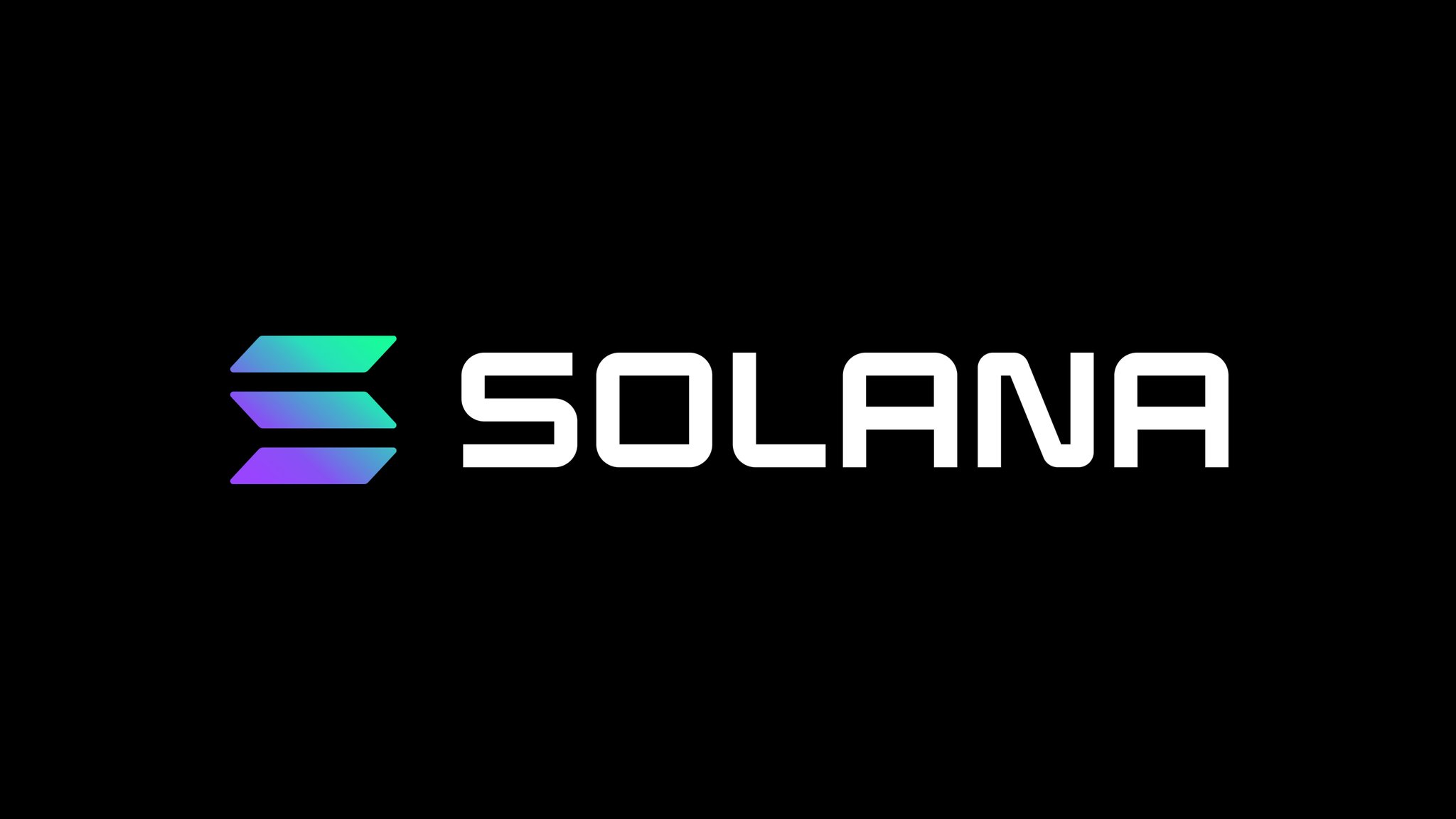The recent approval of a spot Solana ETF in Brazil has sparked discussions about the challenges and obstacles that could hinder the approval of a similar ETF in the United States.
Points
- The approval of a spot Solana ETF in Brazil has renewed interest in the possibility of a similar product in the US.
- Key challenges include Solana’s high daily issuance rate, which could increase selling pressure and affect long-term value.
- Network stability and regulatory concerns are significant hurdles that must be addressed before a US-based spot Solana ETF can gain approval.
The approval of Brazil’s first spot Solana exchange-traded fund (ETF) has ignited conversations about the potential for a similar product in the United States. While this development marks a significant milestone for Solana (SOL) on the global stage, experts remain skeptical about the likelihood of a US-based spot Solana ETF receiving approval anytime soon. Several challenges, including the high daily issuance rate of SOL tokens and concerns about network stability, could pose significant obstacles.
One of the primary concerns surrounding the approval of a US-based spot Solana ETF is the substantial daily issuance of SOL tokens. According to data from a Dune dashboard, as of August 11, Solana’s daily issuance rate stands at over 162,503 SOL, valued at approximately $25 million. These tokens are distributed as rewards to validators to maintain network security. However, critics argue that this high issuance rate could lead to increased selling pressure, potentially destabilizing the asset’s long-term value.
An outspoken critic, known as smartestmoney.eth, highlighted the potential risks associated with Solana’s high emission rate. He questioned the demand for SOL, given the large number of tokens being issued daily. “Who will be the next marginal buyer of SOL when a supply overhang of 165,000 daily emissions—with more unlocks to come—overpowers the demand?” he asked, emphasizing the challenge of sustaining long-term investor interest under these conditions.
Another significant hurdle is network stability, a crucial factor for the approval of any cryptocurrency ETF. Solana has experienced several severe downtime incidents, which have raised concerns about its reliability as a blockchain platform. Griffin Ardern, Head at BloFin Research & Options, noted that these network outages could deter regulatory bodies like the US Securities and Exchange Commission (SEC) from approving a Solana ETF. Ardern emphasized the need for Solana to demonstrate that its network is mature and stable enough to protect investors’ rights and interests effectively.
Moreover, Robert Mitchnick, head of digital assets at BlackRock, expressed reservations about the feasibility of a Solana ETF in the US. He pointed out the market cap and maturity disparities between leading cryptocurrencies like Bitcoin and Ethereum and relatively smaller assets like Solana. “I don’t think we’re going to see a long list of crypto ETFs. If you think of Bitcoin, today it represents about 55% of the market cap. Ethereum is at 18%. The next plausible investible asset is at, like, 3%. It’s just not close to being at that threshold or track record of maturity, liquidity, and etc.,” Mitchnick explained.
Despite these challenges, some industry players remain optimistic. Asset managers such as VanEck and 21Shares have already filed for a Solana ETF in the US, indicating that there is still interest in bringing such a product to market. The SEC’s decision-making deadline is set for mid-March 2025, leaving some time for developments that could potentially improve Solana’s chances of approval.
However, as the situation stands, the approval of a US-based spot Solana ETF faces significant hurdles. The combination of high token issuance, network stability concerns, and the need for broader market acceptance will likely influence the SEC’s decision. Until these issues are adequately addressed, the path to approval remains uncertain.
解説
- The discussion around a US-based spot Solana ETF underscores the complex regulatory and market challenges that must be navigated before such a product can gain approval. Solana’s high daily issuance rate is a particular concern, as it could lead to an oversupply of tokens that might depress prices and deter long-term investment. For an ETF to be viable, the underlying asset needs to demonstrate stability and sustained demand, both of which could be jeopardized by high issuance rates.
- Network stability is another critical factor. The SEC and other regulatory bodies are likely to scrutinize Solana’s track record of downtime and outages, which could raise red flags about the reliability of the blockchain. For an ETF, which needs to provide a secure and predictable investment vehicle, these technical issues could be a significant stumbling block.
- The broader market context is also important. With Bitcoin and Ethereum dominating the market in terms of liquidity and maturity, smaller assets like Solana face an uphill battle to prove they can offer a comparable level of security and stability. The SEC’s cautious approach to approving new crypto ETFs reflects the need for a high degree of confidence in the underlying assets.
- While the approval of a Solana ETF in Brazil is a positive development, the US market operates under a different regulatory environment with more stringent requirements. Until Solana can address the concerns related to issuance rates, network stability, and market maturity, the approval of a US-based spot Solana ETF may remain out of reach.
